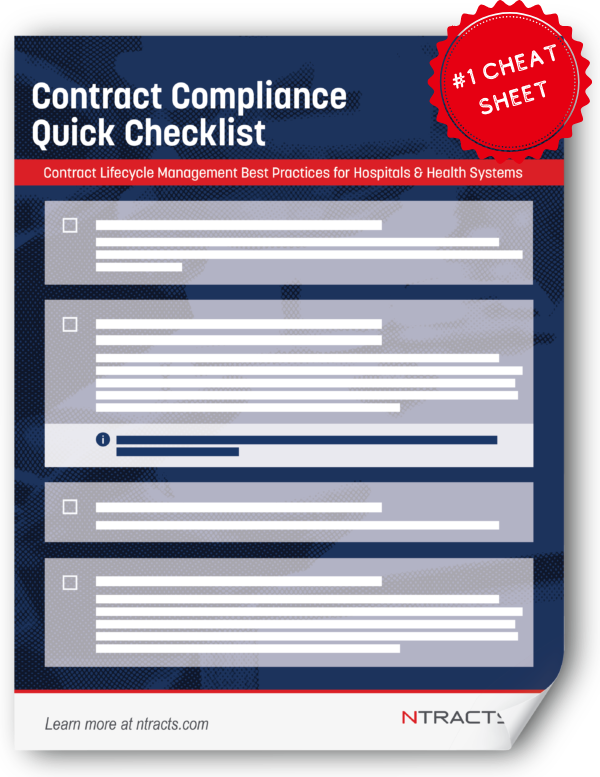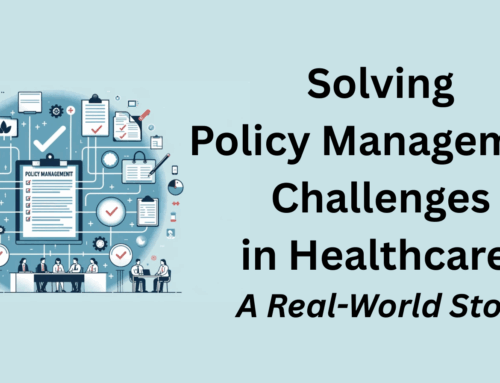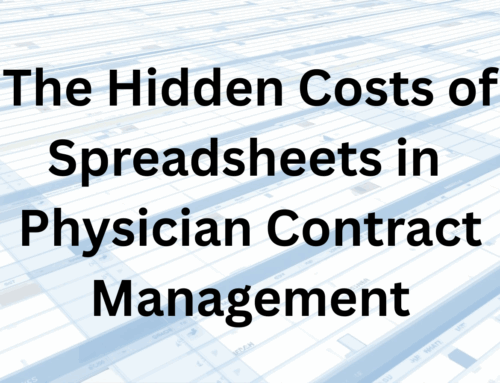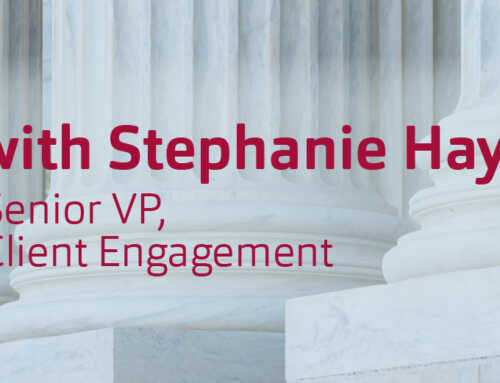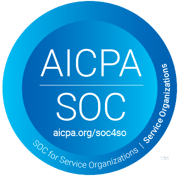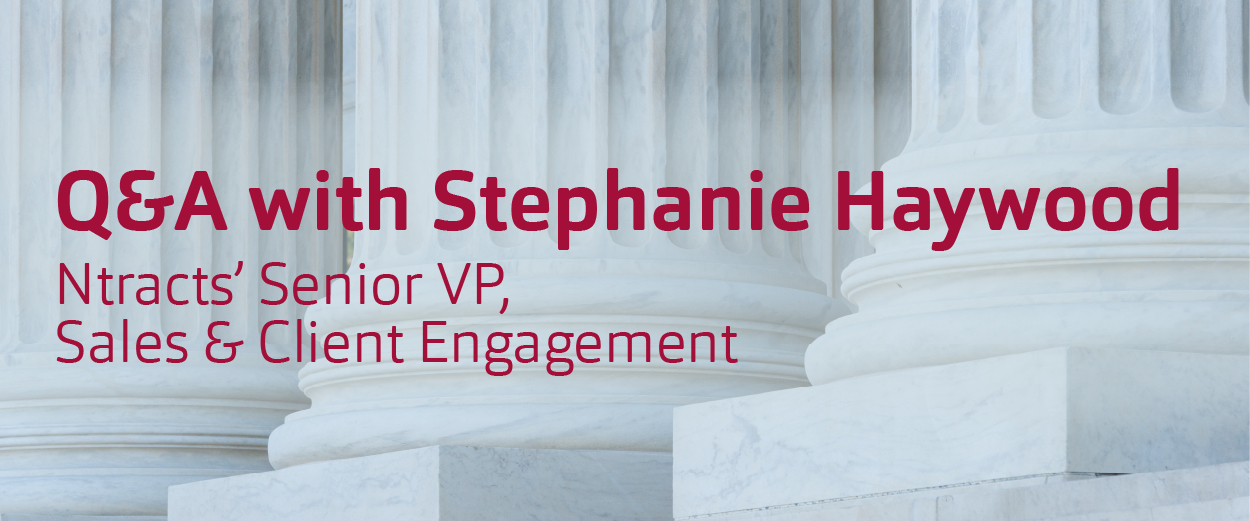
Read part 1 of this Q&A: Building a governance framework that thrives amid uncertainty
In a Q&A with Ntracts’ Senior Vice President of Sales & Client Engagement, Stephanie Haywood discussed integrating technology, and more specifically contract lifecycle management tools, into existing governance structures.
Fitting new governance frameworks into existing workflows and systems without causing major disruptions requires careful planning and execution. In addition to revised/new policies, you may need to invest in technology to support governance processes. Be prepared and plan for that possibility, including the time it’ll take to evaluate any existing technology and resources being utilized.
Clearly establishing who is responsible and accountable for various aspects of the governance process can be complex, especially in large or decentralized organizations. It’s important to ensure you’ve identified key participants.
The goal is to craft policies that are comprehensive yet practical and procedures that are effective without being overly bureaucratic. Address this by reviewing and evaluating current processes, what’s working well and what’s not. Rather than reinventing the entire process, look at what’s in place that’s working well and build upon that.
Bringing a contract lifecycle management, or CLM, solution into an existing governance structure is about seamless integration and limited disruption.
Essentially, the CLM solutions that are most successfully embedded within a current governance framework by focusing on key areas:
Aligning with policies: The CLM system automates and enforces existing contract policies and procedures, ensuring consistency and compliance. It becomes the digital backbone for what the organization already does.
Defining roles: Understand and clarify how existing roles—legal, compliance, procurement, finance—are interacting or will interact with the CLM. Many times, staff must take on governance responsibilities in addition to their regular roles, the CLM solution should weave seamlessly into their existing responsibilities without requiring taking extra steps. It’s about empowering teams with better tools.
Enhancing risk management: The CLM solution should strengthen risk oversight by providing real-time visibility into contract terms, obligations and compliance, integrating directly into existing risk frameworks.
Demonstrating ROI: It can be difficult to quantify financial or return on investment of good governance. It isn’t always about a direct revenue line item, but its benefits are absolutely quantifiable and critical for justifying continued investment, so it’s often about shifting focus. Don’t just measure ‘good governance’, measure its tangible outcomes. This means tracking avoided costs from reduced risks and legal issues, demonstrating efficiency gains from streamlined processes and highlighting how it fuels better, faster decision-making. Focusing on concrete impacts–what you prevent and what you enable–clearly show the undeniable value and justification for investment in strong governance.
Primarily, there are three types of technology that can support governance processes.
- First, Contract Lifecycle Management (CLM) solutions for managing contracts from creation to renewal, ensuring compliance and visibility. This includes technology to automate workflows, ensuring policy and process adherence with your governance structure and comprehensive reporting of data.
- The second would be GRC (Governance, Risk and Compliance) platforms. These solutions integrate risk management, policy management and audit functions across the organization.
- Third, Learning Management Systems (LMS). Inadequate training and communication and failure to properly train staff in their roles and responsibilities within the governance framework can be an issue. An LMS can be used to tackle adequate training and communication within a governance framework by centralizing all training, providing structured learning paths for staff education and ensuring everyone is up to date when changes are made. Plus, it acts as a dedicated communication hub for updates and successes, fostering engagement and compliance across the organization.
What does Ntracts do to stay up to date on healthcare contract compliance needs?
The external regulatory landscape and internal business priorities are constantly changing, requiring the governance process to be adaptable. We stay up to date by first, proactive monitoring. This means we’re not just reacting to changes, we’re anticipating them by closely tracking regulatory bodies, engaging with industry experts, colleagues and partners in the space and consistent education.
Second, we need agile adaptation. This is about building flexibility in our business from our processes and technology to our teams. This allows us to efficiently adjust to provide support to our clients when new requirements are introduced—pivoting to meet emerging customer demands.
What are the key considerations when selecting a CLM solution to ensure it aligns with an organization’s governance structure?
While often overlooked, investment in and use of technology is essential for strong organizational governance. It’s not just about managing paperwork, it’s about ensuring compliance, mitigating risk and truly maximizing the value. Your CLM and GRC solutions are no exception and choosing the right CLM (and partner) is a critical decision because how you use it and who you work with directly impacts success.
When selecting a healthcare CLM, you want a solution that truly aligns with how you work:
- First, think about workflow automation. Can it replicate your approval processes? Can it integrate smart rules to automatically enforce internal policies? This is crucial for smooth operations and built-in compliance.
- Next, you need a centralized repository. The secure place for all contracts. Eliminating confusion and ensuring everyone is always working from a single source of truth. And critically, it must have detailed audit trails showing who did what, when. This is your bedrock for any compliance audit.
- Consider standardization. Can you use pre-approved templates and clauses? This is key to consistency across all contracts and prevents any non-compliant terms from slipping through.
- Security is obviously non-negotiable.
- Then there’s reporting and analytics, which is incredibly important. Make sure you can actually see what’s happening with your contracts and that it’s following your governance process. Make sure you have clear dashboards and reports to track compliance, identify potential risks and stay proactive to avoid data silos and streamline operations. Make sure to use your technology solutions to track and report data.
- Lastly, think about the future. Is the solution scalable? Can it grow your organization and adapt as regulations inevitably change?
To excel in successful implementation of a governance process, you must involve key stakeholders and embrace thought leadership by staying informed of evolving regulations and technologies. Success comes from proactive communication, fostering a culture where every team understands their role and continuously leveraging data and technology solutions to drive efficiency, compliance and strategic value.
Stephanie Haywood
Stephanie has over 20 years of experience in healthcare contract lifecycle management. Additionally, certified in healthcare compliance, she ensures successful client implementations at Ntracts by providing guidance on contract lifecycle management processes that can mitigate compliance and financial risks, drive efficiencies and enhance organizational operations.
